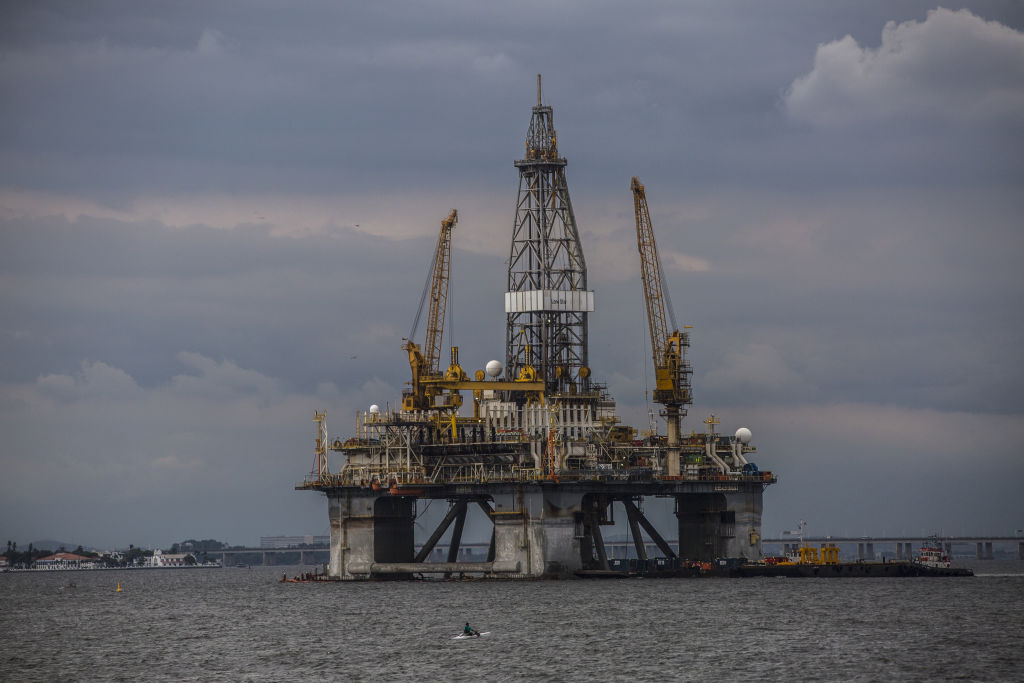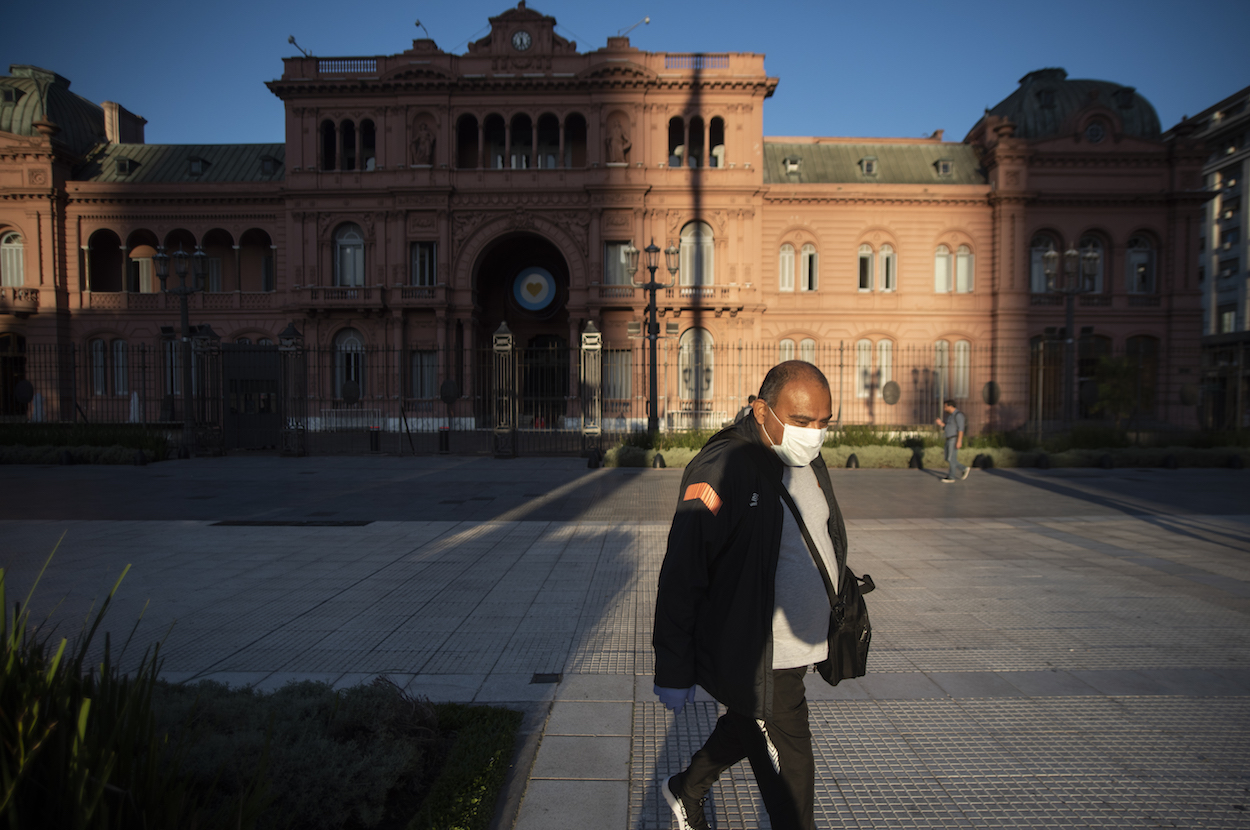Collapsing oil prices amid the COVID-19 crisis are reshaping economies across the globe and Latin America will not be an exception. Prices for the Brent crude went from close to $70 per barrel, in January, to less than $20, in April. In the case of the U.S. West Texas Intermediate (WTI) marker, the downfall has been even more pronounced, reaching record lows.
Following a golden decade of very high prices, the low cycle that began in 2014 had already drastically impacted oil producers. The more profligate countries during the booming years were already in trouble. But the current collapse is of a different magnitude and, combined with the pandemic-induced recession, can have devastating effects in some countries.
Who will be the biggest victims in Latin America? Three critical variables can help us identify them: dependence on oil revenues, fiscal outlook and the impact of low prices on future investments.
The most vulnerable countries are not necessarily the largest producers, but the highly oil dependent. In other words: countries that are net oil exporters and where these revenues represent a large proportion of total exports, GDP and fiscal proceeds. In order of oil dependency, they are Venezuela, which produced close to 750 thousand barrels per day (bpd) in 2019; Ecuador (500 thousand bpd); and Colombia (800 thousand bpd).
Brazil (2.8 million bpd) and Mexico (1.7 million bpd), by far the largest producers in the region, are not significant net exporters. In fact, Brazil still consumes more hydrocarbons than it produces and Mexico’s net exports are relatively small, given the size of its diversified economy. Guyana just became an oil exporter and will earn significantly less than anticipated. But it is still expected to receive a massive windfall and become the fastest growing economy in the region, according to the IMF.
Countries’ existing fiscal situation at the crisis’ outset is also critical to forecasting the impact. Does the country have savings and borrowing capacity? Venezuela is by far in the worst shape, with an unpayable debt of close $150 billion. Ecuador comes next, with no relevant savings and on the brink of defaulting on its $50 billion debt. In contrast, Colombia is in better fiscal and macroeconomic shape to weather the storm.
Mexico started with what seemed like a sound fiscal position, but it has the most heavily indebted national oil company, Pemex, which lost $18 billion in 2019, despite the relatively high oil prices. Rating agencies recently downgraded Pemex’s debt to junk status. So paradoxically, even though Mexico is not oil dependent, its national oil company is dragging the government down. Argentina is a net energy importer, but it is also on the brink of default and has costly energy subsidies. Brazil is the least affected of the relevant producers, but some states – like Rio de Janeiro – will be in trouble with the decline in royalties.
Another critical aspect is the impact of the price collapse on oil production and investment. According to the specialized consultancy Welligence, about 9% of Latin America’s oil production does not cover operational cost at a price of $35 per barrel, and more than half does not cover it at $20 per barrel. The country most affected by low oil prices in terms of existing production is Colombia, which has many high operational cost fields. As a result, about 25% of the Colombian production could become uneconomical. Brazil has already announced that is shutting 200 thousand bpd – or 6% of high cost production. In Mexico, more than 13% of output is costing more to produce than its market value.
In the case of investment, Welligence estimate that around 800 thousand bpd of undeveloped production could be deferred. The most impacted countries would be Brazil, Colombia and Argentina. Thus, even though Brazil is in relatively good shape to deal with the oil bust, it could have significant long-term consequences on investment and production.
National oil companies are going to be heavily affected. Following a significant restructuring over the past two years, Petrobras is in a better position to weather the crisis. Heavily taxed and indebted Pemex is in much worse shape, especially if President Andrés Manuel Lopez Obrador keeps the current policy of state control and closure of the energy market.
Considering all three areas analyzed – oil dependency, fiscal outlook and future investments – two countries are in a particularly vulnerable position. Ecuador is one of them. Unlike its neighbors Peru and Colombia, Ecuador does not have savings or access to debt markets, so it cannot apply a countercyclical fiscal policy to alleviate the depression. In fact, due to dollarization it cannot devalue its currency and it may be unable to pay the government’s payroll. The IMF is willing to help, but it is unlikely to be enough. With presidential elections next year, the economic crisis might not lead to the unified policy response that is needed. Dollarization might explode with worse consequences than the fall of convertibility in Argentina in 2001.
And then, there is Venezuela – the worst possible case. Venezuelan production is less than half of what it was at the end of 2018. U.S. sanctions imply that oil exports have to be sold with a large discount and the country heavily depends on imports of gasoline, which it gives away for free resulting in a creeping scarcity. Venezuela’s economy has shrunk by two thirds in the last six years and it could decline a further 20% this year. Hyperinflation would get significantly worse and the majority of the population is going to be in extreme poverty. Of course, it is not just about oil – the pandemic is dramatically reducing remittances and affecting domestic economic activity.
Some may think that Venezuela could not get any worse. But the country will get considerably poorer, while its political landscape continues to look daunting. With collapsing oil prices and COVID-19, a political transition would be rocky at best. Meanwhile, the survival of Nicolás Maduro’s regime will continue to produce an unparalleled catastrophe.
—-
Monaldi is a Fellow and Director of the Latin American Energy Program at Rice University’s Baker Institute.






